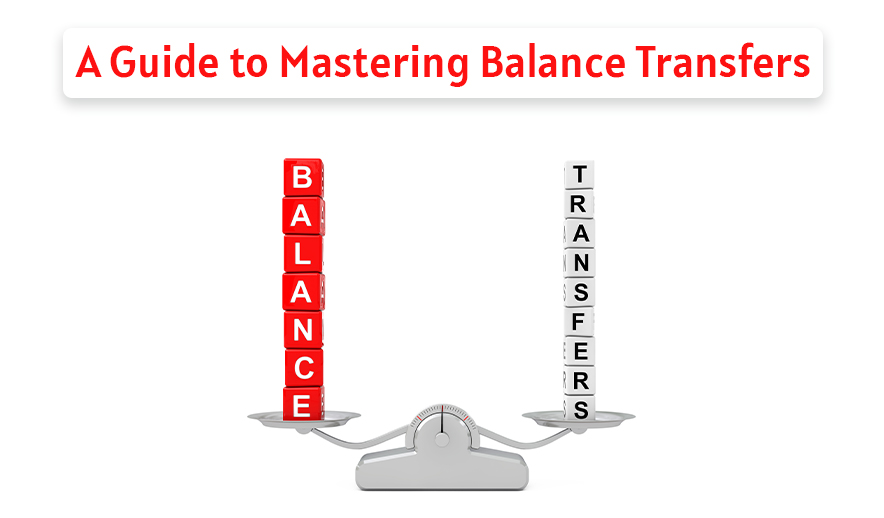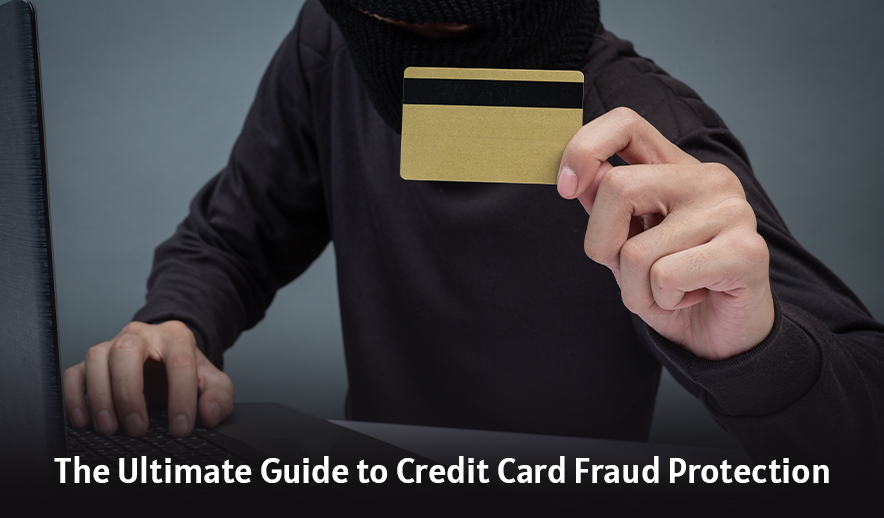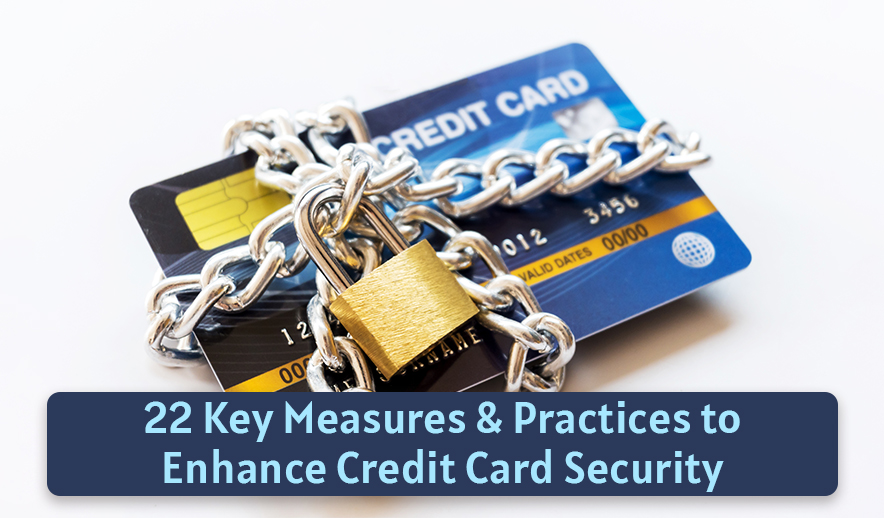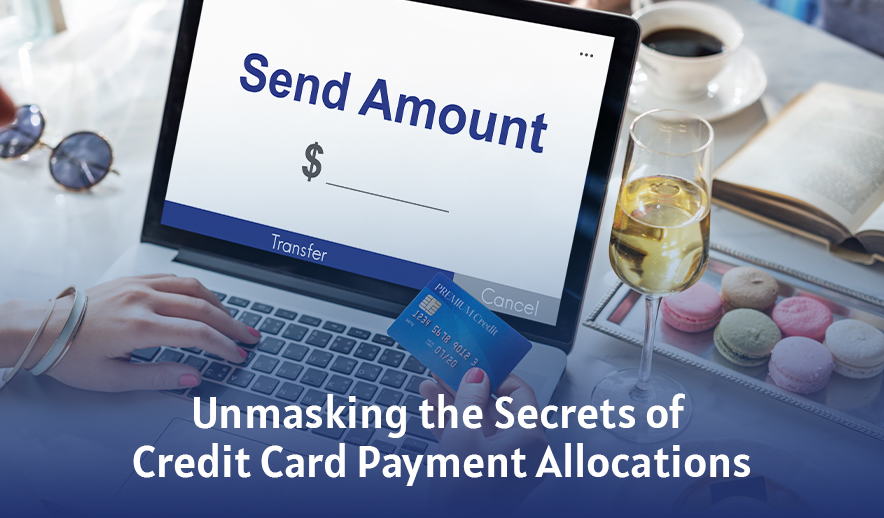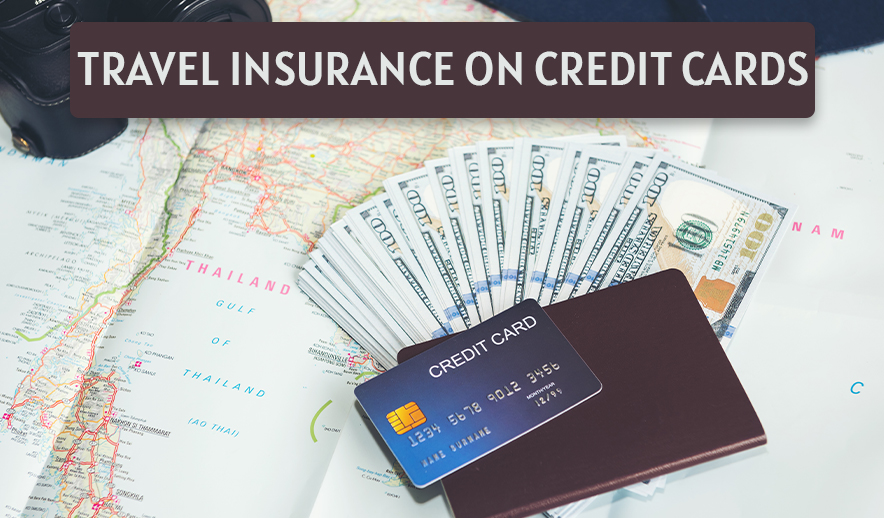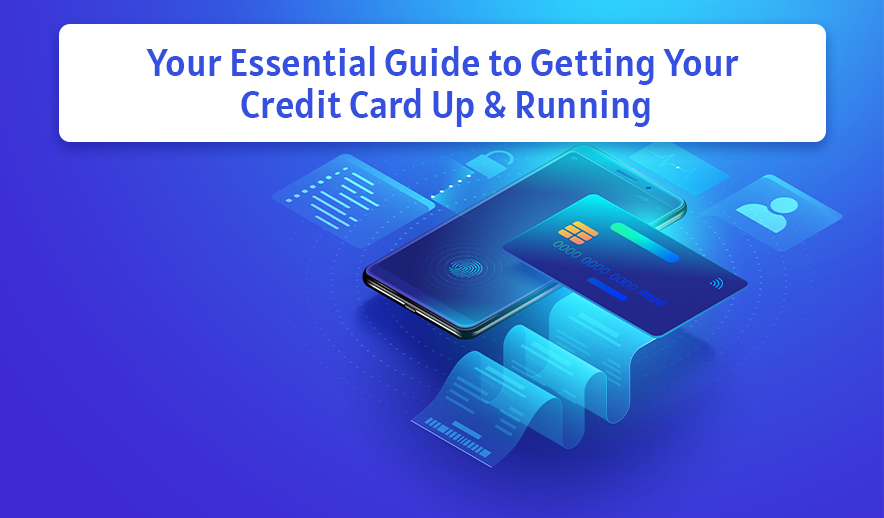A credit card is a financial tool that allows individuals to make purchases on credit, provided by a bank or financial institution. It is a plastic card with a unique card number, expiry date, and the cardholder’s name. Credit cards offer a convenient and widely accepted method of payment, both online and in physical stores.
When you use a credit card, you are essentially borrowing money from the issuing institution to make purchases. Instead of using your own funds, the credit card issuer pays the merchant on your behalf, and you are required to repay the amount spent to the issuer within a specified period, typically on a monthly basis.
Key features and benefits of credit cards include:
Credit Limit: Each credit card has a predefined credit limit, which is the maximum amount you can spend using the card. The limit is determined by the card issuer based on factors such as your creditworthiness, income, and financial history.
Billing Cycle: Credit card transactions are consolidated into a billing cycle, usually a month. At the end of each billing cycle, the card issuer generates a statement that details your purchases, payments, and outstanding balance.
Minimum Payment: You have the option to pay a minimum amount due, typically a small percentage of the total outstanding balance, by the payment due date. However, it is advisable to pay the full balance to avoid interest charges.
Interest Charges: If you do not pay the full outstanding balance by the due date, the remaining amount accrues interest at the credit card’s annual percentage rate (APR). Interest charges can be high, so it’s important to pay off your balance in full whenever possible.
Rewards and Benefits: Many credit cards offer rewards programs, such as cashback, travel miles, or loyalty points, which can be earned based on your spending. Additionally, credit cards may provide benefits like travel insurance, purchase protection, extended warranties, and access to exclusive offers or discounts.
Building Credit History: Responsible use of a credit card can help establish and build your credit history. Consistently making payments on time and keeping your credit utilization low can positively impact your credit score.
It’s important to use credit cards wisely, keeping track of your spending, and ensuring timely repayments to maintain a good credit standing and avoid accumulating excessive debt.
In the United Arab Emirates (UAE), there are various types of credit cards available to cater to different financial needs and lifestyles. Here are some common types of credit cards you may find in the UAE:
Standard Credit Cards: These are basic credit cards that provide standard features and benefits. They typically offer a predefined credit limit, allow you to make purchases on credit, and require regular repayments.
Rewards Credit Cards: Rewards credit cards offer various reward programs, allowing you to earn points, cashback, or airline miles based on your spending. These rewards can be redeemed for merchandise, vouchers, travel bookings, or statement credits.
Travel Credit Cards: Travel credit cards are designed for frequent travelers. They often provide travel-related benefits, such as airport lounge access, travel insurance coverage, discounted or free flights, hotel stays, and other travel perks. Some travel credit cards may also offer accelerated reward points on travel-related spending.
Cashback Credit Cards: Cashback credit cards provide a percentage of your spending back as cash rewards. These cards typically offer higher cashback rates for specific categories, such as dining, groceries, or fuel. The cashback is either credited directly to your credit card account or provided as a statement credit.
Airline Credit Cards: Airline credit cards are co-branded with specific airlines, allowing you to earn frequent flyer miles or airline rewards for your spending. These cards often offer additional benefits like priority check-in, free baggage allowance, airport lounge access, and exclusive discounts on airline tickets.
Premium and Lifestyle Credit Cards: Premium credit cards target high-income individuals and offer exclusive benefits and privileges. These cards may provide concierge services, luxury hotel upgrades, access to elite clubs or events, golf course privileges, and personalized travel assistance. They usually come with higher credit limits and enhanced rewards.
Business Credit Cards: Business credit cards are designed specifically for business owners and provide features tailored to business expenses. They offer expense tracking tools, employee cards with customizable spending limits, business-related rewards, and expense reporting.
Islamic Credit Cards: Islamic credit cards comply with Sharia principles, offering Sharia-compliant financial solutions. They follow Islamic finance principles and do not charge interest (riba). Instead, they may charge a profit rate or apply a fee-based structure.


